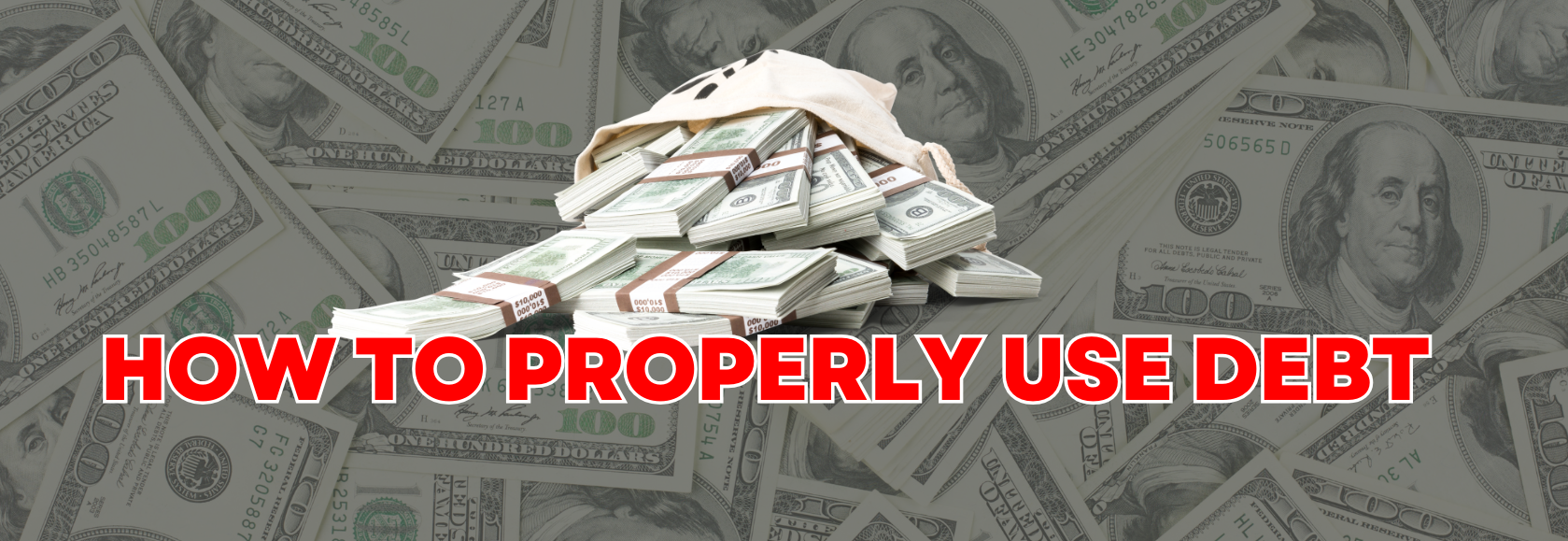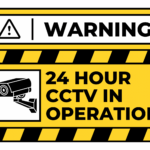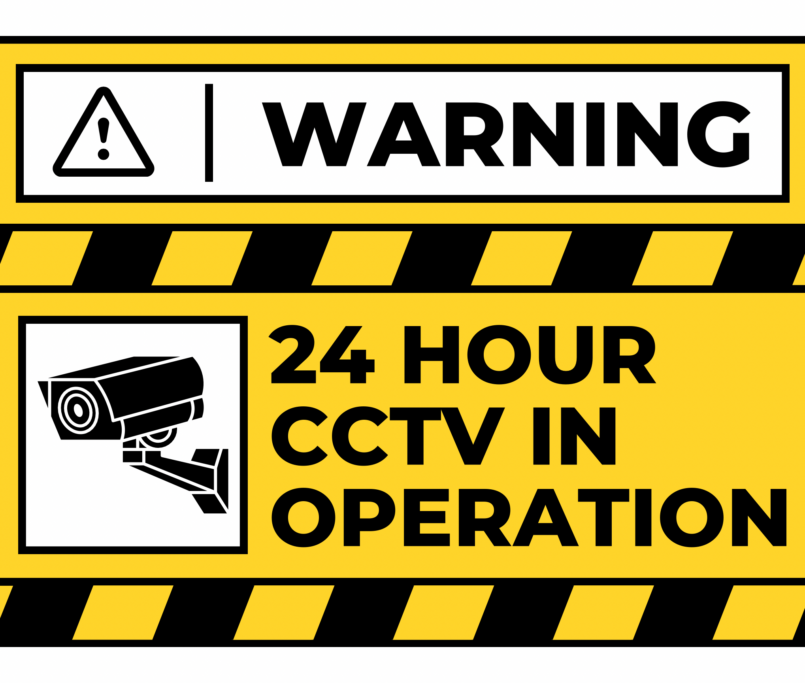How to Use Debt to Build Wealth
Debt can feel like a four-letter word. Growing up, I was taught to dodge it like a dodgeball—pay cash for everything and keep loans at arm’s length. I realized debt could be a powerful tool, not a trap. So, is debt good or bad? Should you use it? Rich Dad Poor Dad by Robert Kiyosaki to show how debt can work for you.
Debt: Friend or Foe?
Imagine you’re offered a loan at 5% interest. Sounds nice, but the real question is: What will you do with that money? Debt is like borrowing a friend’s lawnmower—you need to use it to make your yard look great, not let it rust in the garage. The key is ensuring the money you borrow earns more than it costs, a core lesson from Rich Dad Poor Dad.
Good Debt: Your Wealth-Building Partner
In Rich Dad Poor Dad, Kiyosaki’s “Rich Dad” teaches that good debt buys assets—things that put money in your pocket, like businesses or rental properties. Let’s say you own a small business and borrow $100,000 at 5% interest to launch a new product. This product is a winner, earning a 30% profit and boosting sales like nobody’s business. By year’s end, that $100,000 becomes $200,000 in profit. You paid $5,000 in interest to make $100,000—a 100% return! Debt here is like a teammate passing you the ball for an easy dunk.
Real estate is another Rich Dad favorite. Suppose you borrow $100,000 to buy a rental property, a classic asset. Your loan payment is $800 a month, but the property brings in $1,000 in rent. That’s $200 profit monthly, plus the property’s value grows, and you’re paying off the loan. You’re earning a 10% return while building wealth, just like Rich Dad would approve. Debt? It’s a high-five to your future self.
Bad Debt: The Financial Fumble
Kiyosaki’s “Poor Dad” mindset sees debt as a burden, often used to buy liabilities—things that take money out of your pocket, like fancy cars or gadgets. Picture using a credit card with 20% interest to buy a $3,000 TV you “need” for “movie nights.” That’s not an asset; it’s a liability that leaves you with bills and no return, a Poor Dad mistake. Or consider student loans for a degree with no job prospects. Borrowing $100,000 for a general studies degree might leave you jobless and stressed, like Poor Dad worrying about bills.
Compare that to borrowing $20,000 for trade school to become an electrician. You graduate, earn $65,000-$85,000 a year, and pay off the loan easily—an asset in the form of skills, as Rich Dad would say. Unfortunately, some systems push kids to “just go to college” with loans, leaving them with $100,000 in debt and no plan. That’s not debt; it’s a financial fumble Poor Dad would warn against.
Rich Dad Poor Dad Scenarios: Assets vs. Liabilities
To bring Rich Dad Poor Dad to life, let’s look at two scenarios inspired by the book:
-
Rich Dad’s Real Estate Play: In the book, Rich Dad buys small rental properties to generate cash flow. Imagine you follow his lead and take a $50,000 loan at 5% to buy a duplex. You live in one unit and rent the other for $700 a month, covering your $500 loan payment and leaving $200 profit. The property’s value grows, and you’re building equity. This is good debt—buying an asset that pays for itself and grows your wealth, just as Rich Dad teaches.
-
Poor Dad’s Car Loan Trap: Poor Dad, on the other hand, might borrow $30,000 at 7% for a shiny new car to “keep up appearances.” The car loses value the moment you drive it off the lot, and you’re stuck with $600 monthly payments that don’t generate income. This is bad debt—a liability that drains your wallet, leaving you working harder to pay it off, a classic Poor Dad move.
The Multiplier Magic: Scaling Wealth
Rich Dad loves leveraging debt to multiply wealth, and here’s how it works. As you pay off that rental property, its value increases. You can borrow against it at 5% to buy another property—an asset that generates more cash flow. This “multiplier” effect is like financial magic, growing your wealth faster. I discuss this on my podcast, Freedom Fast Lane (search “Freedom Fast Lane Multipliers”). The trick? Your investment’s return must beat the loan’s interest. If you’re earning 10% and paying 5%, you’re winning, as Rich Dad would cheer. If you’re paying 20% for a new couch, you’re stuck in Poor Dad’s cycle.
The Simple Rule: ROI Is Everything
So, is debt good or bad? It’s neither—it’s a tool, as Rich Dad Poor Dad emphasizes. Good debt buys assets that put money in your pocket, like businesses or properties. Bad debt buys liabilities that take money out, like flashy cars or unused degrees. Always ask: “Will this debt earn more than it costs?” If the return on investment (ROI) beats the loan’s interest, it’s a Rich Dad win. If not, it’s a Poor Dad loss.
Be a Rich Dad with Debt
Debt isn’t the villain—bad choices are. Think of it like a hammer: great for building a house, terrible for juggling. Use debt to buy assets that grow your wealth, like a business or rental property, as Rich Dad teaches. Avoid debt for liabilities that drain your cash, like Poor Dad’s mistakes. With a smart plan, debt can be your partner in building a richer future.





